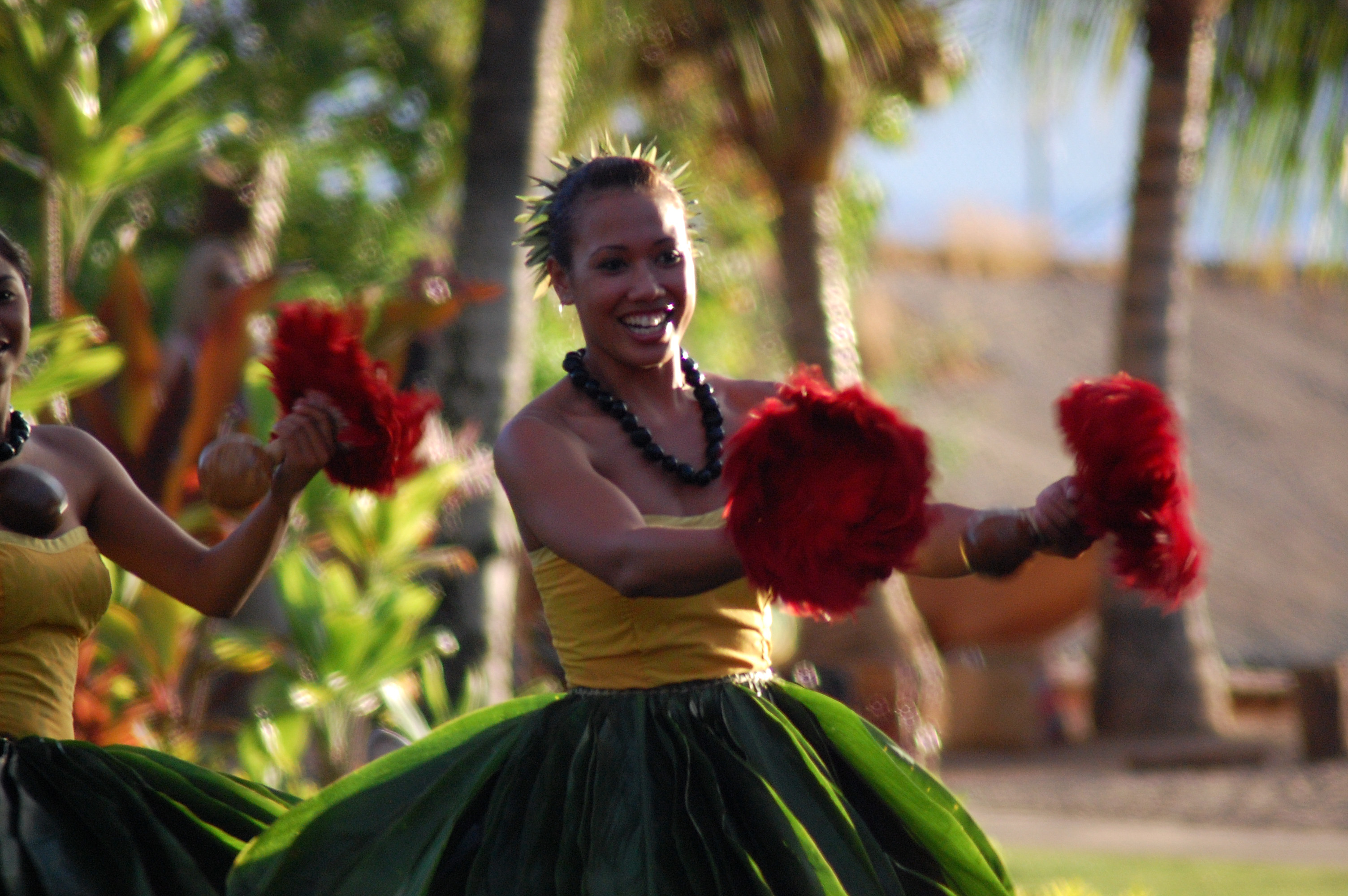If you’re very fortunate, you’ll be invited to a private luau at the home of a kamaaina family, people whose families have lived in the islands for generations. The music you hear will be authentic and touch your soul. The smiles you see will be authentic. The hospitality will be heart warming.
And the food may stimulate your gag reflex.
It’s not that the food is bad, unhealthy or even unappetizing; it simply will be new to you. Its aromas, which entice those of us who have lived here for most or all our lives as a turkey dinner being prepared entices your family on Thanksgiving, may be “fishy” and unpleasant to you. Here are some of the staples:
Chicken Long Rice
is made with long rice (dried bean curd-like noodles made from mung bean flour, cut into four- to six-inch lengths and boiled like noodles), chicken chunks, garlic, ginger and chicken stock prepared like stew.
Lomi-lomi Salmon
is a simple tomato and salmon salad, made with those two ingredients and some Maui onion, with the salmon hand-shredded and everything massaged together by hand.
Taco Poke
is fish cut crosswise into small pieces and seasoned with shoyu (soy sauce), sesame oil and sesame seeds.
Lau Lau
is salted butterfish, beef, chicken or pork wrapped in taro or ti leaves and then steamed.
Poi
is poi.
Kalua Pig is the dish most first-time vacationers settle on if they’re hungry. It’s mild, salty and very good on just about all palates. Cooked underground in an imu, a pig’s meat is shredded and served. Period. The fats and salting bring it out just right, although many add more Hawaiian salt before eating it. A plate decorated with kalua pig, macaroni and/or potato salad (both of which tend to be pretty conventional) and rice with shoyu on top will make you appear to be socially conforming, and you’ll be happy with the taste.
Grab any fresh fruit you see. If you see cubed pineapple, you’ve struck gold! It’s distinctly Hawaiian. (There’s really no such thing as “Hawaiian pizza,” by the way. They serve a lot of that in Australia and a little in Europe. It was created by Germans. It has pineapple on it.)
Because it’s easy, colorful and universally considered delicious, many luau preparers simply peel, core and cut pineapples into dice-sized cubes, put them in bowls and provide toothpicks. Any first-timer who is tip-toeing through his or her first “real” luau (as opposed to the luau that come with or as tours and are made as palatable as possible for virgin tastes) will cherish the explosively sweet, clean taste of the “fruit of kings.” If you’ve experienced only canned pineapple where you live, by all means seize any opportunity for the real, fresh thing while you’re in Hawaii – even if it’s just in a tropical cocktail.
For a long time, pineapples were available only to natives of the tropics and to wealthy Europeans. Despite the fact that the pineapple has now become a familiar item in U.S. markets, it’s still a true exotic. A pineapple starts out as a stalk of a hundred or more flowers that shoots up from a plant about three feet tall. Each flower develops a fruit that forms one of the scales on the outside of the pineapple. The more scales or marks on a pineapple, the h3er the tropical taste will be. A pineapple with fewer and larger scales will have a milder but sweeter flavor and more juice.
When you return home after your vacation, look for fresh pineapple in your supermarket. Here are some guidelines to help you select a good one:
Many people think that if you can easily pull a leaf out of the crown, the pineapple is ripe, but that test doesn’t tell you anything useful. Like tomatoes, pineapples are considered mature when they develop a little color break. If a pineapple at the market looks green, take a look at the base. If it has begun to turn a little orange or red there, you’ll be able to ripen it at home. If there is no break, the pineapple was picked too green. It will have a woody texture and will never be very sweet.
The pineapple should be very firm, never soft or spongy, with no bruises or soft spots. If you find a good-looking pineapple at your market and you’re going to use it right away, ask your produce manager to cut it in half to make sure it’s not discolored inside. Reject it if it is.
And use your nose. If the pineapple has a good aroma, it’s ripe. If you can’t smell much of anything, it needs to be ripened. If it has a fermented smell, don’t buy it!
To ripen a pineapple, stand it upside down — on its leaf end — on the counter. That makes the sugar flow toward the top and keeps the pineapple from fermenting at the bottom. Let it ripen for a few days. When it develops a golden color and smells good, it’s ripe.
Peeled pineapple should be wrapped in plastic and refrigerated. If it’s not wrapped well, a pineapple will absorb other food odors in your refrigerator.
To cut a pineapple, twist off the leaves, lay the pineapple on its side, and slice as if it were a loaf of bread. Peel and core each slice. There are two easy – and rewarding – ways to get the most of that marvelous flavor. Simply cut off the peel (the outside of the ring) and eat the slices with your fingers around the core as you would eat an apple, or remove the peel and core and slice the meat into cubes you can pop into your mouth with a toothpick. Pineapple tastes best cold. Chill the whole thing before you slice and peel it.
But don’t pass up any opportunity to savor some good, fresh pineapple on your Hawaii vacation.




